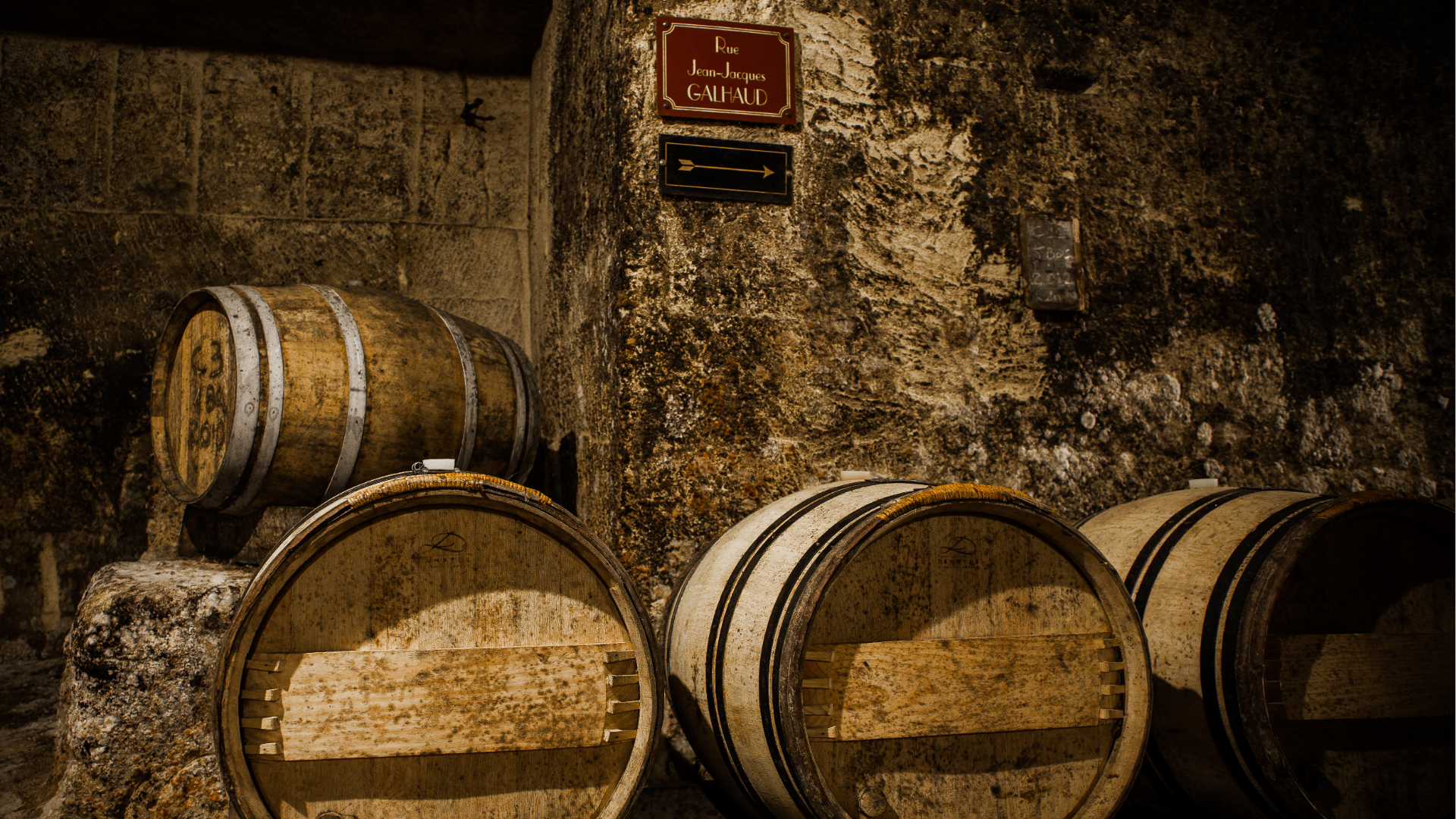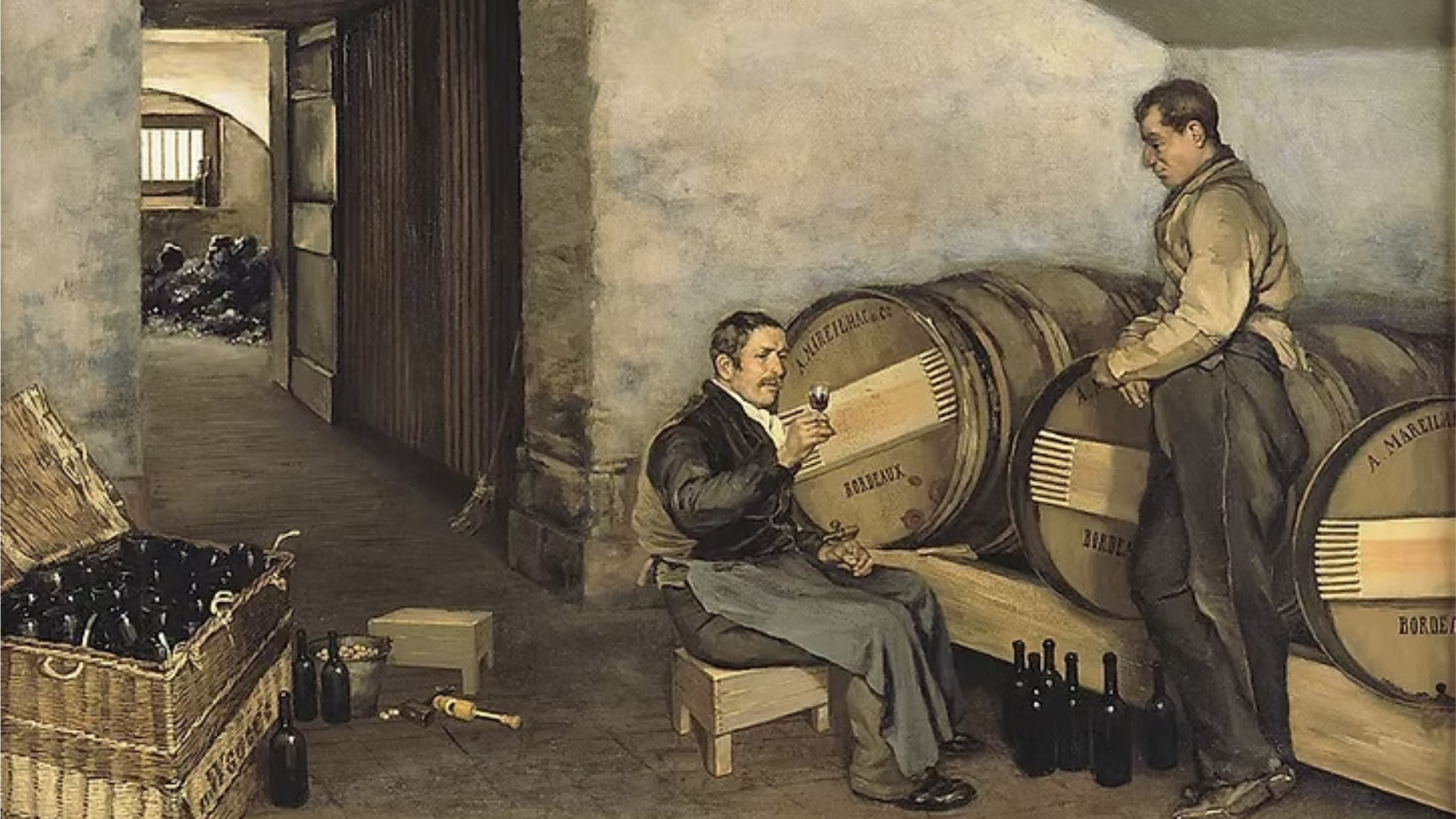What Does Wine Tourism or Oenotourism Really Mean?
Bemberg Fondation Toulouse ”Paysage du Midi” by Pierre Bonnard (1917-1918) Source: Wikimedia Commons
Discover the Art of Traveling Through Vineyards and Wines
Picture this: a journey where every sip tells a story, every row of vines unfolds a chapter of local culture, and the glass in your hand becomes a secret key unlocking a region’s treasures. Welcome to the fascinating world of wine tourism, a delightful blend of terroir, tradition, and togetherness that turns any trip into a multi-sensory adventure you won’t forget.
In today’s world, where travelers crave authenticity and genuine connections, wine tourism has become the most elegant and delicious way to dive deep into the heart of a place.
Wine Tourism or Oenotourism? The Battle of Words, but Not of Glasses
You might think “wine tourism” and “oenotourism” are just two names for the same thing, and you’re mostly right. But if you’re a wine geek, it’s a bit like distinguishing a fine Pinot Noir from a Merlot: subtle, but important.
“Wine tourism” is the casual, friendly term you’ll hear mostly in English-speaking countries, like your weekend brunch: simple, approachable, and enjoyable. “Oenotourism,” on the other hand, sounds a bit more serious, almost academic, and it’s beloved in France, where wine is elevated to a cultural and historical treasure.
Either way, whether you say “wine” or “oeno,” you’re talking about the same journey: exploring vineyards, tasting rooms, winemaking craft, and cultural discovery, with plenty of good cheer along the way.
France, The Great Wine Seducer
Talking about wine without mentioning France is like having a meal without cheese, something essential is missing. In France, wine isn’t just a drink; it’s a cultural heartbeat. Every terroir tells a story, every bottle is a poem, and every vineyard is a stage where centuries of passion play out.
Since the 17th century, Bordeaux and Champagne estates began welcoming visitors, and by the 20th century, wine tourism blossomed into a full-fledged institution. Visiting a French vineyard is like stepping into an epic novel where soil, climate, and craftsmanship come together to create liquid poetry.
Why Wine Tourism Is So Much More Than Just Tasting
You might think visiting a winery is just swirling a glass, nodding politely, and repeating “mmm.” Think again. It’s a sensory dance where sight, smell, taste, and even touch come alive.
Expect:
Guided tastings led by sommeliers who share stories that make every sip unforgettable.
Vineyard walks, sometimes barefoot (well, almost), feeling the earth that feeds the vine.
Food and wine pairing workshops to teach your palate some new moves.
Seasonal magic like grape harvest participation or intimate winemaker dinners.
Luxurious stays at châteaux or vineyard hotels that blend rustic charm and elegance.
Cultural visits to medieval villages, wine museums, and UNESCO sites.
Each experience is a chance to dive into a world as rich and varied as the wines themselves.
Top Wine Destinations in France… and Beyond
France remains the undisputed queen of wine tourism, but the world is full of dazzling gems:
Bordeaux: Home to grand crus and the impressive Cité du Vin museum, a must for serious wine lovers.
Burgundy: The land of Pinot Noir and Chardonnay, with charming villages like Beaune.
Champagne: Where sparkle meets sophistication in underground cellars listed by UNESCO.
Loire Valley: Fairytale castles, crisp whites, and scenic bike rides.
Provence: Famous for rosé, truffles, olive oil tastings, and lavender fields.
And let’s not forget Jura, Languedoc-Roussillon, and other hidden gem wine regions.
Beyond France:
Napa Valley (USA): Bold Cabernets and indulgent spa retreats.
Tuscany (Italy): Rolling hills and timeless Chianti estates.
Douro Valley (Portugal): Terraced vineyards and river cruises.
Mendoza (Argentina): High-altitude Malbecs with breathtaking Andes views.
Stellenbosch (South Africa): A fusion of old-world tradition and new-world innovation.
Every region offers a unique expression of wine culture shaped by local flavors, customs, and climate.
Is Wine Tourism Only for Experts? Absolutely Not.
Think wine tourism is reserved for snobs who speak in “tannin” and “maceration”? Nope! Wineries love welcoming beginners, offering tastings that are as approachable as your favorite café.
Whether you’re learning how to swirl and sniff or already debating vintages like a pro, wine tourism is about curiosity, connection, and fun, not formality.
It’s a perfect way to discover wine culture and bond with friends, loved ones, or even strangers over a shared table and a shared passion.
More Than Wine: A Way of Life
At its heart, wine tourism is about celebrating beauty, time, connection, and the joy of shared experiences. It invites you to slow down and soak in the essence of a place, where landscapes, people, and traditions weave together into a rich tapestry.
Whether you’re sipping sparkling wine under Champagne’s golden sun or enjoying a serene sunset tasting in Tuscany’s rolling hills, wine becomes more than a drink, it’s a doorway to stories, history, and passion.
When you return from a wine tourism adventure, you don’t just bring back bottles. You come home with unforgettable memories, new friendships, and a deeper, more intimate understanding of a culture. Wine, in this sense, is a shared experience that opens your heart to new places, people, and traditions, making every trip truly enriching.
Ready to raise your glass and embark on a journey through the world of wine?
Discover More
Sources:
Charters, S., & Ali-Knight, J. (2002). Who is the wine tourist?. Tourism Management, 23(3), 311–319.
Hall, C. M., Sharples, L., Cambourne, B., & Macionis, N. (2000). Wine Tourism Around the World: Development, Management and Markets. Butterworth-Heinemann.
UNESCO. (n.d.). The Climats, terroirs of Burgundy and Champagne Hillsides, Houses and Cellars – World Heritage Centre.
Guy, K. M. (2003). When Champagne Became French: Wine and the Making of a National Identity. Johns Hopkins University Press.
Ulin, R. C. (1995). Invention and Representation as Cultural Capital: Southwest French Winegrowing History. American Anthropologist, 97(3), 519–527.





